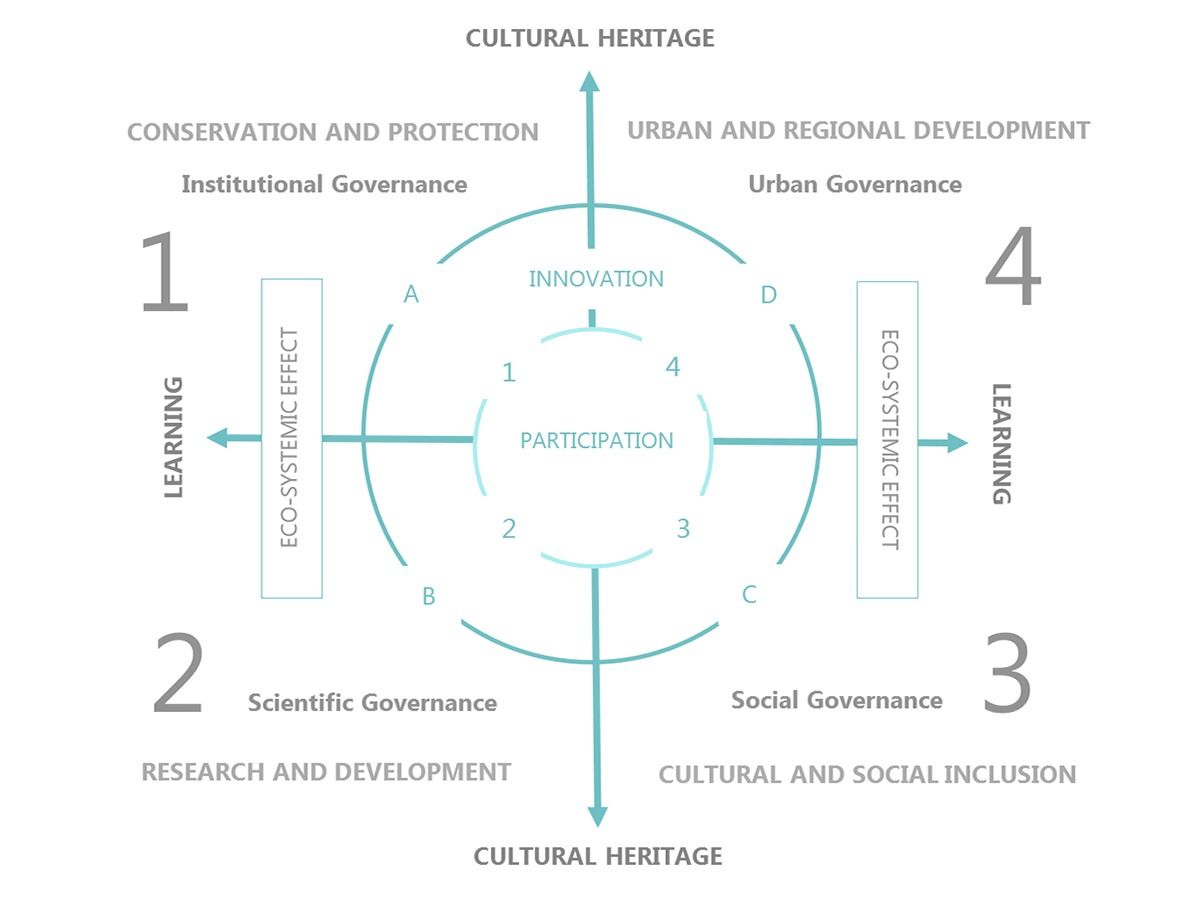This good practice report has been carried out within the framework of the CREADIS3 project (INTERREG EUROPE 2017-2021)
The purpose of this good practises study is to offer a systemic perspective of governance and its capacity to generate innovative ecosystems in the field of Cultural Heritage, using one case in particular: The comprehensive restoration of the Santa María Cathedral, Vitoria-Gasteiz (Basque Country, Spain).
The report has been carried out within the framework of the CREADIS3 project, funded by INTERREG EUROPE (2017-2021) and led by the Basque Government. The CREADIS3 project addresses the type of innovation that boosts territorial development using non-technological means. Innovation is required in order to stand up to economic, social and environmental challenges, and not only innovation which is rooted in the technological sectors, but also in the combination of these sectors with culture-based creativity.
In this framework, the restoration of the Santa María Cathedral, the construction of which began in the 12th century, has been selected as a good governance practise in the area of Cultural Heritage. The quality of the Master Plan for the Comprehensive Restoration of the Cathedral (1996-1998) has been widely recognised by the European Union, the Vatican and the Spanish Ministry of Culture, receiving the Europa Nostra award in 2002. Finally, in 2015, the Cathedral was included in the list of UNESCO World Heritage Sites as an asset linked to the northern Caminos de Santiago (Ways of St James).
This report puts forward the notion of systemic governance as an emerging concept from the restoration experience of the Santa María Cathedral. Systemic governance is an approach which enables us to understand the different dynamics and levels at which innovation, learning and social participation processes are created in the field of Cultural Heritage.
